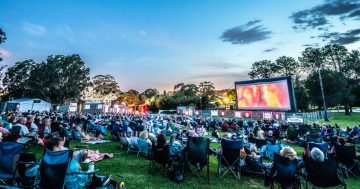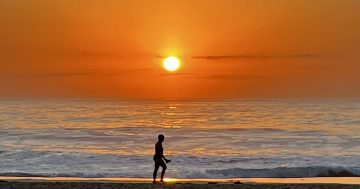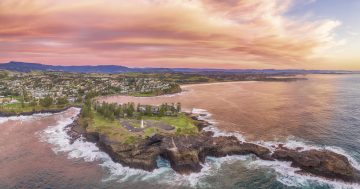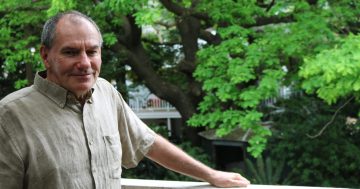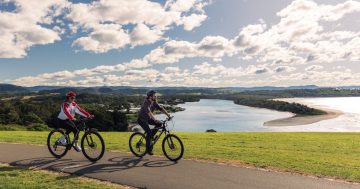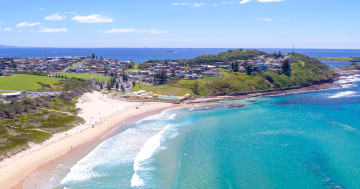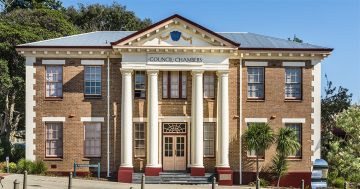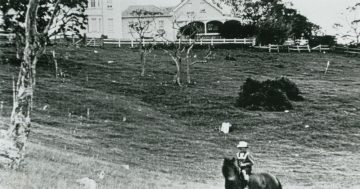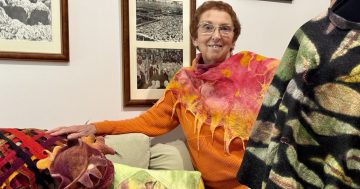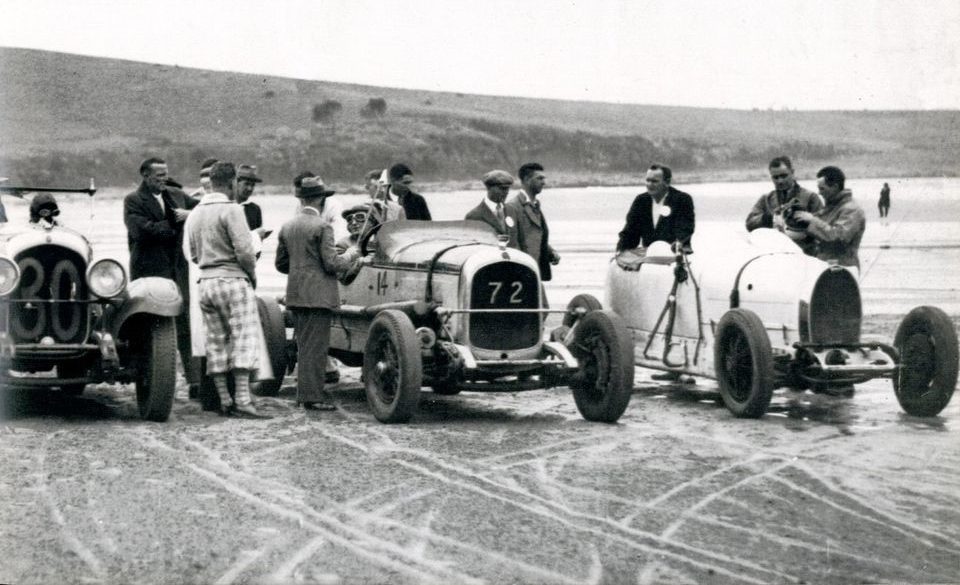
Drivers prepare their cars for racing on Gerringong’s Seven Mile Beach in the 1920s. Photo: Kiama History.
Gerringong’s Seven Mile Beach is a picture-perfect spot to enjoy a day at the beach or the bush.
From the family-friendly shallows of the Crooked River mouth to the waves of the beach, it’s a popular spot for surf lessons, snorkelers, swimmers and windsurfers.
As its name suggests, the beach makes up just over 12 km of coastline, from Gerroa in the north to Shoalhaven Heads in the south.
But in years gone by, Seven Mile Beach was better known for car racing.
According to Kiama History, Seven Mile Beach played a significant role in the history of the motorcar in Australia.
The beach became known as the Gerringong Speedway and in 1925, it attracted some of Australia’s top drivers aiming to be the first to break the 100-mph barrier, about 160 km/h.
It was quite a social event to attend car races on the beach during the 1920s and 30s.
The Daily Telegraph in May 1925 wrote that the Royal Automobile Club of Australia held its inaugural beach motor racing event at Gerringong.
“It was by no means an auspicious beginning, as the rain had made conditions anything but pleasant,” the report said.
“Many a car became bogged in the sand on the way to the racing track, while the roads leading down to the beach were so treacherous that at least 20 cars had to be abandoned for the night on the hillside.
“Given good weather there is no reason why Gerringong should not develop into a motorist’s paradise. The little sparsely inhabited town, seven miles from Kiama, possesses one of the most wonderful beaches in Australia.”

An early view of Seven Mile Beach. Photo: Kiama History.
The report went on to say the beach racing track was “capable of being utilised for almost any speed with absolute safety”.
Unfortunately for the large crowds which attended that day – about 6000 according to the Telegraph – they were left disappointed when the top drivers decided against competition “on account of the softness of the course”.
It was Don Harkness, a pioneer in the automotive and aeronautical industries, who finally broke the magic 100-mph barrier in October that year.
According to The Gentleman Racer, Don became hooked on motorsports in 1924 when he imported an Overland chassis from the US.
He extensively modified the Overland and nicknamed it “Whitey”, going on to win more than 50 events at the Penrith and Maroubra tracks and at Seven Mile Beach.
The Daily Guardian offered a 50-pound trophy for the first person in Australia to break 100 mph over a mile. Don built a new car powered by a Hispano Suiza aircraft engine and set the record of 108 mph (170 km/h) at Gerringong on 7 October 1925.
His newfound fame attracted the attention of racing driver Norman Leslie “Wizard” Smith and Jack Mostyn who wanted Don to develop a new car to break the Australasian one-mile and the world ten-mile records, according to The Gentleman Racer.
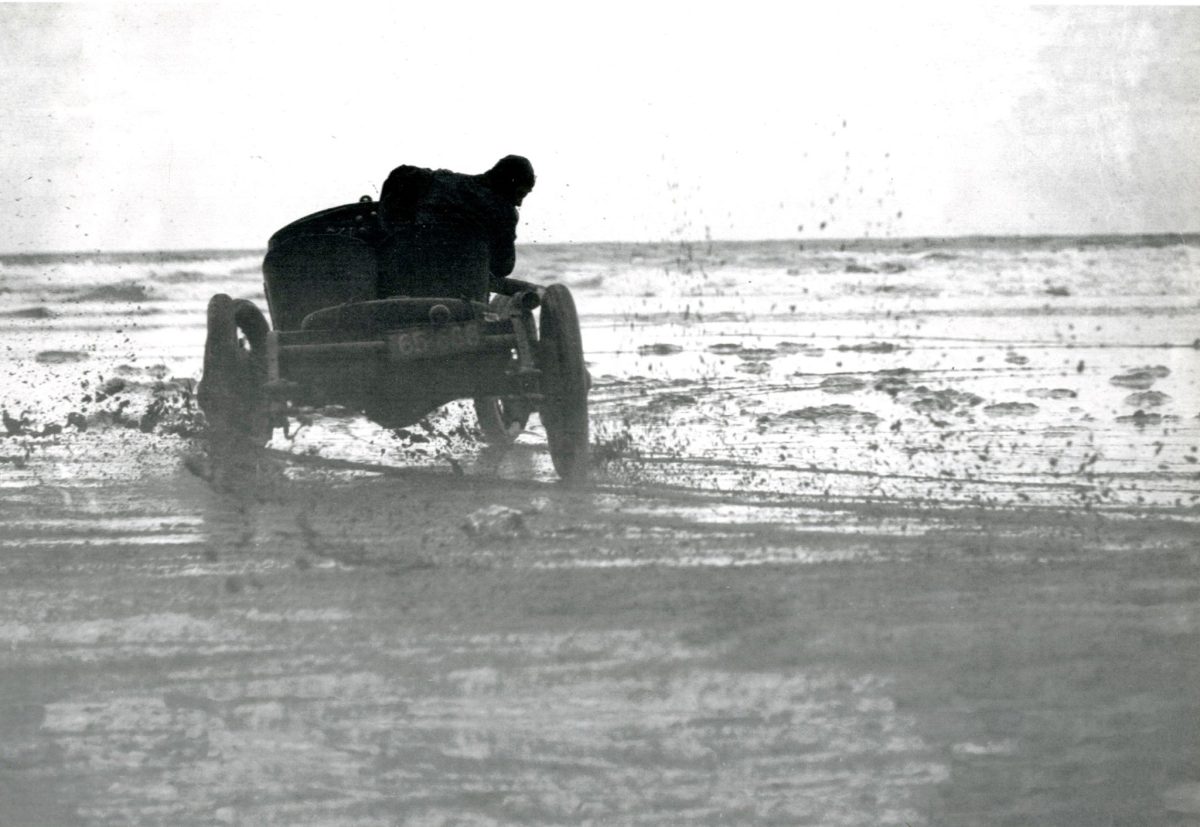
A driver in action on Gerringong Speedway in 1925. Photo: Kiama History.
The car, dubbed the Anzac, was powered by a Rolls Royce aircraft engine. The Anzac made an attempt to break the 200-mph barrier (a staggering 320 km/h) on 1 December 1929 at Gerringong.
They set an official record of 128.571 mph (206 km/h), however, failed to reach their goal due to the rough surf and bumpy sand. According to Kiama History, Norman Smith reported that “the car hit a bump and sailed above the sand for 40 feet”.
It wasn’t only the sand that was bumpy. Sydney’s Labor Daily reported in August 1925 that the Gerringong Council “took exception” to the Royal Automobile Club holding contests on the beach on a Sunday. “In view of the council’s resolution not to permit Sunday racing, the club is to be advised to arrange such fixtures for Saturdays.”
Many other car and motorcycle clubs came to race along the beach during this period.
Kiama History reports one such club was the Goulburn Motorcycle Club, which visited the beach in 1923, clocking 75 mph (120 km/h) on a 4-cylinder Henderson motorbike.
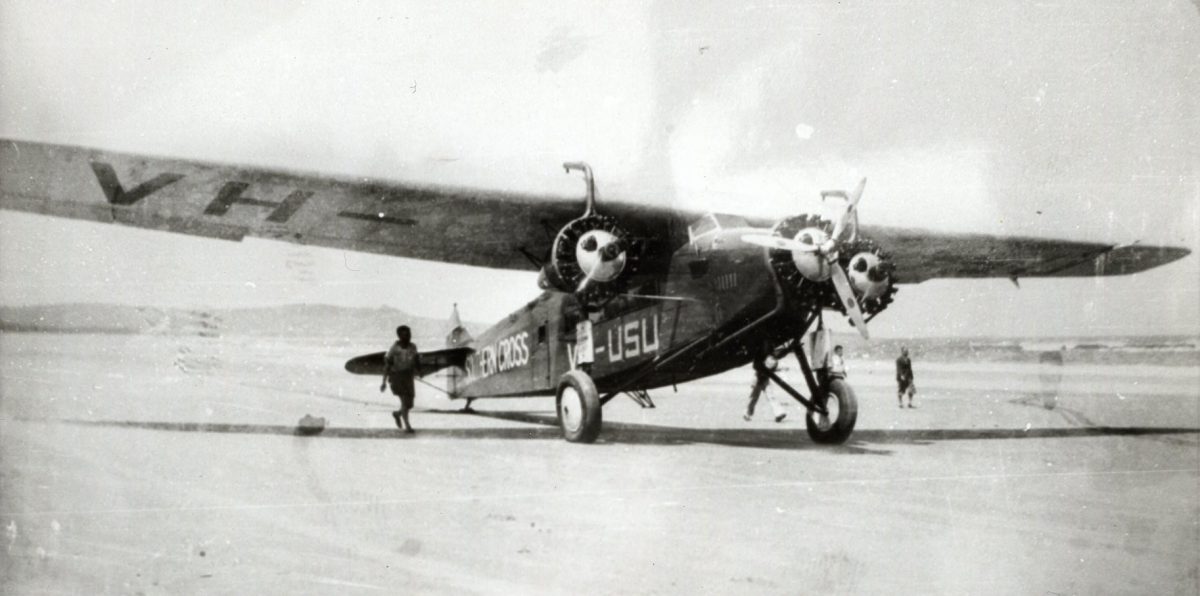
Sir Charles Kingsford-Smith makes history as his Southern Cross takes off from Seven Mile Beach in 1933. Photo: Kiama History.
A few years after the 100-mph competition, Seven Mile Beach was used as a runway for the first commercial flight between Australia and New Zealand.
The historic journey, executed by legendary pilot Sir Charles Kingsford-Smith, took off in the early hours of 11 January in 1933, landing more than 14 hours later at New Plymouth on New Zealand’s North Island.
The beach was selected for the flight because it allowed a long, smooth take-off area for the heavy-laden aeroplane.
Flares were lit upon the beach to mark out the runway and several thousand people came from Sydney and the local area to witness the 2:30 am take-off, turning on their car headlights to provide the aviators with extra illumination.
There is a memorial to the event in the shape of the Southern Cross at Gerroa’s Charles Kingsford-Smith lookout, with views over Seven Mile Beach.








